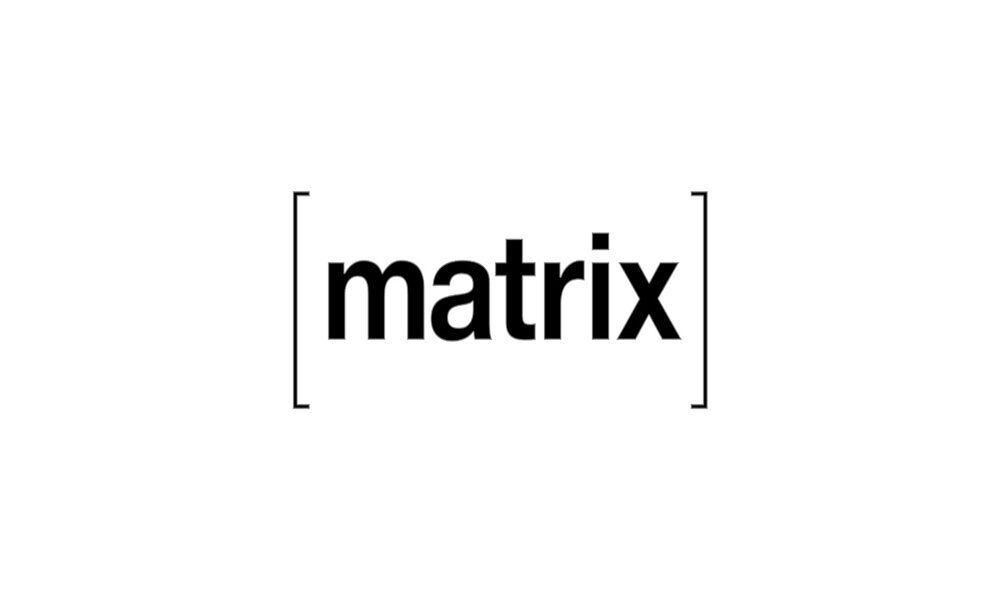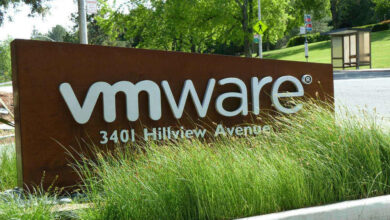
The matrix protocol lives its golden age. In 2022, this Apache-licensed open source venture has managed to double its size from the previous year. A fact that shows the rise of the Matrix as an option for decentralized communication and with the radical-to-radical encryption of the Olm and Megolm standard.
The Matrix is famous for being one of the most common servers for communicating online. An open standard for real-time communication that allows us to communicate through different types of service providers. An open instant messaging protocol that also allows us to communicate via voice over IP (VoIP) and video chat.
At a technical level, provides HTTP APIs and open source reference implementations for securely distributing messages in JSON format about an open federation of servers. It can also be integrated with standard web services via WebRTC, thus facilitating browser-to-browser applications.
One of the claims of this venture is to “build bridges” with the most popular communication interfaces such as Telegram, Discord, WhatsApp, Facebook or Signal. And according to the data, she seems to be more than achieving her goal. In fact, according to one of its creators, Matthew Hodgson, the network has gone from having 44.1 million perceivable identifiers to 80.3 million.
The rise of Matrix has been helped, of course, by different projects such as the one promoted by the European Parliament itself and the Digital Markets Law, which demands that technology companies open their communication APIs to make interoperability easier: “The network is expanding exponentially. But in return, it turns out that the vast majority of these commercial deployments don’t contribute financially to the Matrix Foundation, either by donating directly or supporting indirectly by doing work with Element, which funds the vast majority of Matrix core progress today. », explains about about its financing and expansion.
This is how the Matrix works
The Matrix standard specifies HTTP RESTful APIs for the purpose of transmitting and replicating JSON data securely between Matrix-enabled clients, servers, and services. What clients do is send the data by putting it in a ‘room’ on their server, which then replicates the data to all Matrix servers participating in that ‘room’.
The subsequent files are signed using a git-style signature to mitigate tampering, while federated traffic is encrypted with HTTPS signed with each server’s private key to prevent forgery.
Parallel, replication has eventual consistency semanticsallowing servers to function even if they are offline or after data loss by resynchronizing missing history from other participating servers.
For his part, Olm’s library provides optional end-to-end encryption in each of those rooms by implementing a double ratchet algorithm. This can ensure that the idle conversation data is only readable by the participants in the room.
In this way, data transmitted by Matrix is only visible as encrypted text to Matrix servers, and they can also only be decrypted by authorized room participants. The Olm and Megolm libraries were the subject of a cryptographic examination by the NCC Group, the findings of which are publicly available.



